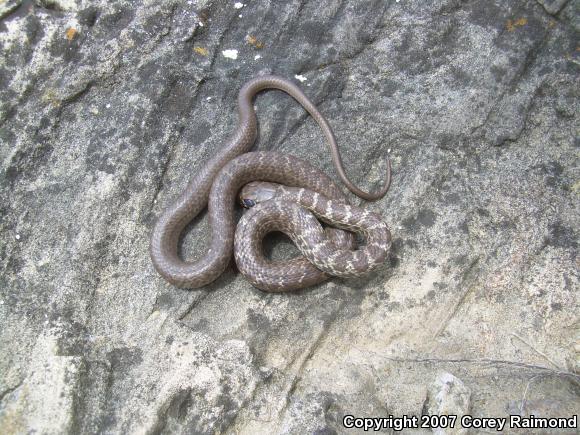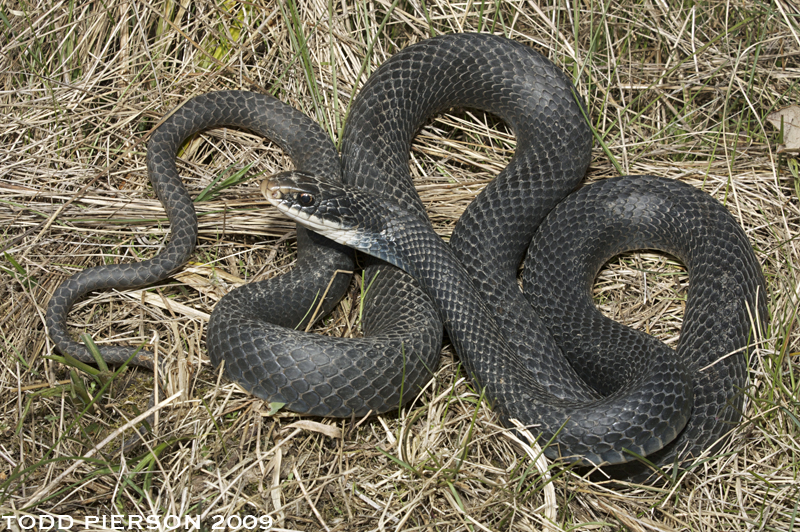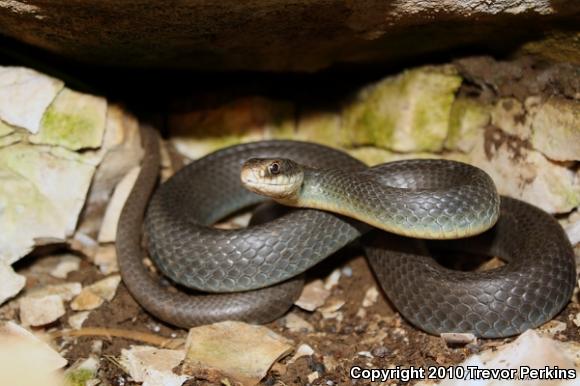

It is also a species of special concern in the state, with populations decreasing more and more in recent years due to a number of human-related factors.


The Butler's garter snake is one of five garter snake species, and the smallest of them all. The main dorsal body of the snake often has dark black or brown spots across a lighter backdrop - lighter shades of brown and olive. The yellow underbelly of this snake species is usually a yellow color, decorated with a checkerboard-like pattern. In actual fact, the non-aggressive western fox snake provides somewhat of a helping hand to humans, keeping populations of rodents and other pests down, such as rats, mice, rabbits, birds, and voles. Because of this, they are often killed in a defensive act by humans, and in many states, populations are so low that the snake is on the endangered or threatened list.ĭespite being a non-venomous species of snake, the western fox snake often gets killed by humans after confusing it with one of two other venomous snakes: the rattlesnake, or the copperhead. Some colourations also make the eastern fox snake look very similar to the copperhead, which is also venomous. The eastern fox snake usually inhabits areas to the east of the Mississippi River, in spaces that are wet, but partially drained - marshes, swamps, fields and meadows adjacent to bodies of water, and other types of wetland, although sightings are quite rare in the state.Īlthough not dangerous, this species of snake mimics the actions of the venomous massasauga rattlesnake, shaking its tail from side to side to ward off predators. This snake is classed as a species of special concern in the state, and it inhabits sandy, dry spaces, such as savannas, prairies, and hardwood (pine/oak) barrens.
#Coluber constrictor foxii poisonous plus#
Above ground, it can eat lizards, but it is then vulnerable to predatory attacks from larger snakes, birds of prey, domestic pets, and even large toads.Īlso known as the Pacific, coast and western gopher snake, or just the gopher snake, the bull snake is commonly confused with the prairie rattlesnake in Wisconsin, but the latter usually has a much wider head than the former, plus the bull snake is also missing stripes of darker color on the tail. This includes slugs and snails, earthworms, beetles, and various other grubs and insects. This snake eats whatever it comes across underground - where it spends almost all of its time. This is especially the case for juveniles, which have a pale-colored ring around the neck, making them appear similar to ring-necked snakes. ISBN 9780842523318.The brown snake rarely gets any longer than around 14 or 15 inches, but they do have quite stout bodies, and they can often be confused with other snake species. Threatened and Endangered Species and Habitats in British Columbia and the Yukon: Proceedings of the Symposium.

Amphibians and Reptiles of British Columbia. Searching for Paradise: Economic Development and Environmental Change in the Mountain West.


 0 kommentar(er)
0 kommentar(er)
